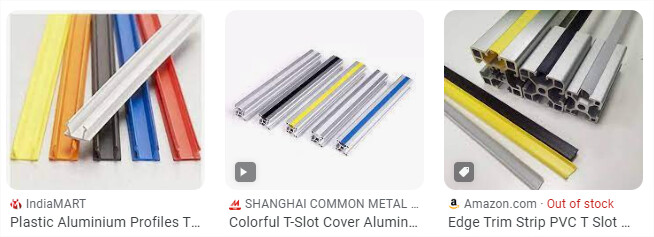Ryan, two things about twisting belts:
At the point they cross and contact each other, they are going to wear and produce a lot of dust (been there, done that). Try putting a thin piece of PTFE or UHMW between them. That might lead to static generation, but the belts will last a lot longer.
There is some relationship between the width of the belt, the allowable amount of twist, and the distance between the pulleys that was explained in a Gates (?) paper I have lost track of and been unable to find online. It looks to me like you have much too short a distance for a 180 degree twist for that belt width.
Also, why aren’t the motors located at the other two corners of the machine where there is a single pulley for each belt? Adding a bunch of extra idlers will add to the load on the motors (possibly limiting speed) and reduce belt life.
I ran into a problem in Arrakis’ predecessor where the belts ran on the inside of the t-slot frame. The tension on the 6 mm belts was sufficient to bow the 45 mm square t-slot pieces outward. Granted, those were very long pieces of t-slot, but your t-slot is much smaller and more flexible, and it looks like you have 9 or 10mm wide belts. t-slot is pretty cheap stuff. I’d go for a larger cross section to ensure minimal flexure due to belt tension.
t-slot is nice stuff if you have to move mechanical attachments around or don’t know exactly where they will be in advance, but it’s expensive and flexible compared to equivalent size square tubing, and you’re planning everything very carefully, so you won’t have a lot of surprises when you build. Have you considered tubing instead of t-slot?
